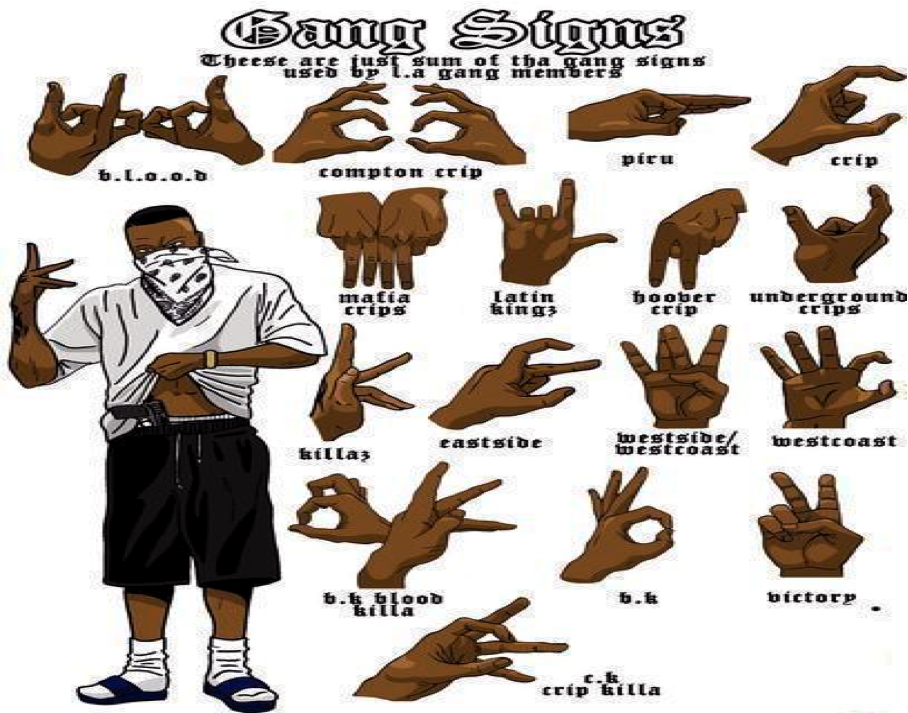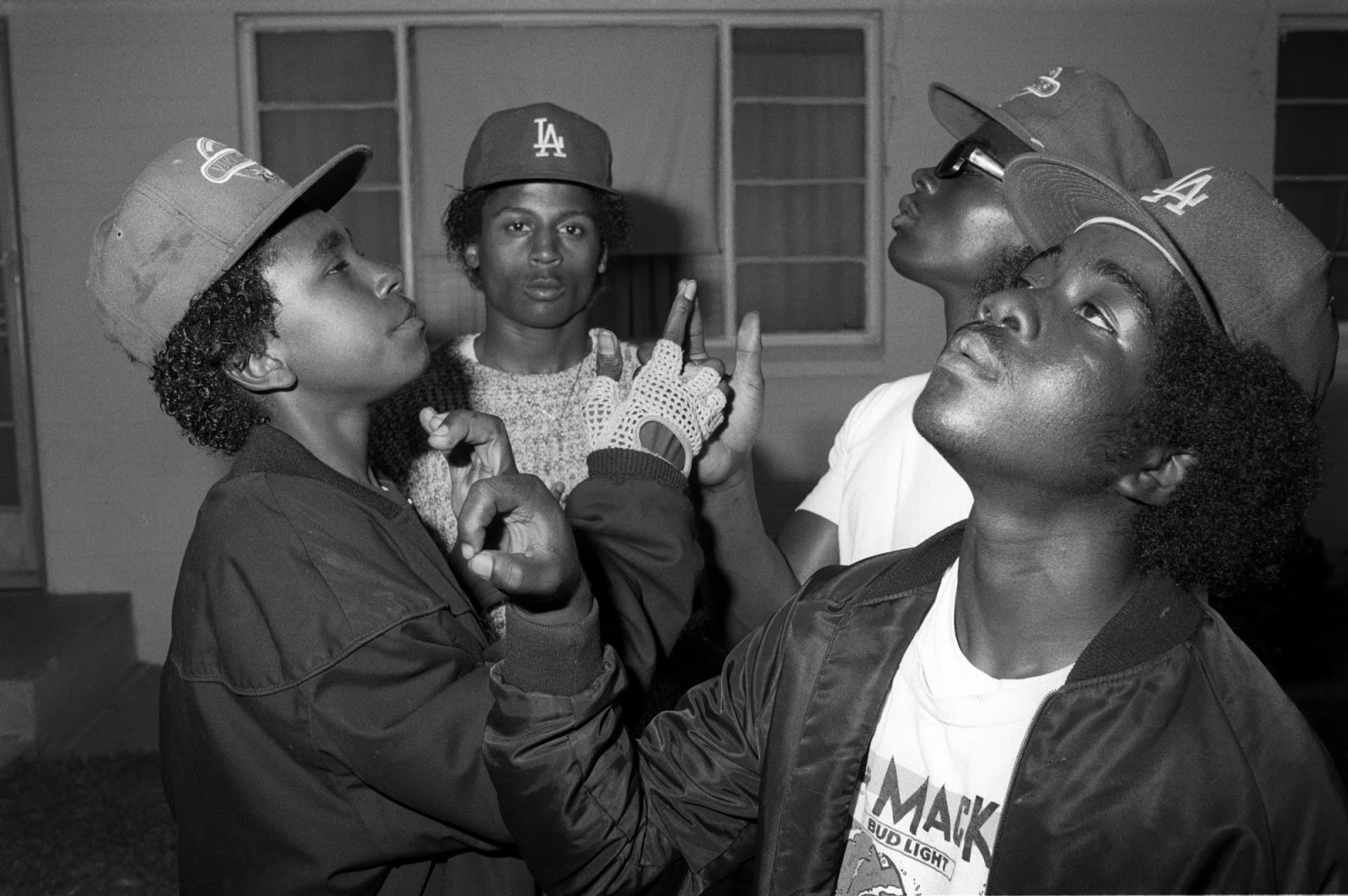Decoding the Silent Language: Understanding Gang Hand Signs
In the shadowy world of organized crime, communication often extends beyond spoken words. Gangs, known for their clandestine operations, have long utilized a silent language of hand gestures, a system of signs and symbols that convey specific meanings to members while remaining opaque to outsiders. This coded communication serves a multitude of purposes, from signaling affiliation and respect to issuing threats and orchestrating criminal activity.
The origins of gang hand signs can be traced back to various historical precedents. Secret societies and fraternal organizations, seeking to maintain secrecy and exclusivity, developed intricate systems of signs and rituals for identification and communication. As gangs emerged in urban centers, they adopted and adapted these existing frameworks, creating their own unique sets of symbols and meanings embedded within their specific cultural and geographical contexts.
For gang members, hand signs are not merely a means of communication; they represent a powerful symbol of belonging and identity. The act of flashing a particular hand sign instantly communicates affiliation, signifying membership within a specific group and adherence to its codes and values. This visual display of allegiance serves as a constant reminder of the group's presence and influence, reinforcing a sense of solidarity and collective power among its members.
The importance of hand signs within gang culture is undeniable, as they play a crucial role in maintaining order and control within their ranks. By communicating silently, members can convey messages discreetly, evading the attention of law enforcement and rival gangs. This clandestine communication allows for the coordination of illegal activities, the dissemination of orders, and the maintenance of secrecy, essential elements in their pursuit of illicit ventures.
However, the use of gang hand signs extends far beyond mere communication and representation; it often carries significant and dangerous implications. The display of certain signs can be interpreted as a form of intimidation or provocation, escalating tensions between rival groups and potentially sparking violence. In some instances, hand signs themselves have been used as evidence in criminal trials, highlighting the serious consequences associated with their use.
Law enforcement agencies and community organizations are increasingly recognizing the importance of understanding gang hand signs as a tool for prevention and intervention. By decoding this silent language, they aim to identify potential gang members, anticipate criminal activity, and intervene in situations where tensions are high. Educational programs and outreach efforts are also being implemented to raise awareness about the dangers of gang involvement and the significance of their symbolic communication.
Advantages and Disadvantages of Gang Hand Signs
| Advantages | Disadvantages |
|---|---|
| Covert communication | Easily misinterpreted by outsiders |
| Signifies allegiance and identity | Can be used for intimidation and threats |
| Facilitates criminal activity | Can be used as evidence in criminal proceedings |
Understanding the complexities of gang hand signs is essential for law enforcement, educators, and community members alike. By recognizing the meanings behind these gestures, we can better understand the dynamics of gang culture, anticipate potential threats, and work towards creating safer communities for everyone.
Unlocking the secrets of tiktok emoji codes
Unmasking the smiling dog meme creepypasta to viral sensation
Elevate your online presence exploring the world of neon dark cool profile pictures














